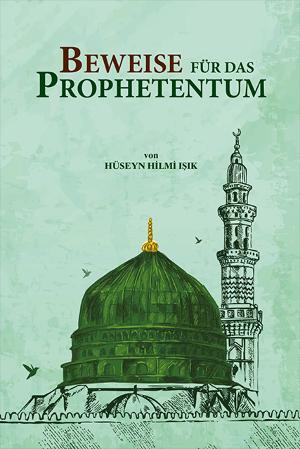
Mevlânâ Abdurrahmân el-Cumî
Nureddin Abdurrahman bin Nizameddin Ahmed, better known by the pen name Câmî, was born in 1414 in the village of Câm in Iran, adopting his nisba (title) from his birthplace. He began his early education under his father and then continued his studies in Herat at the prestigious Nizâmiyye Madrasa. In Herat, he studied Arabic language and literature with Mevlânâ Cüneydî Usûlî, and theology and law under prominent scholars such as Ali es-Semerkandî and Şehâbeddîn el-Câcermî. He then traveled to Samarkand, where he studied for nine years at Ulugh Bey’s Madrasa, learning mathematics from Kadızâde-i Rûmî and engaging in scholarly discussions with the mathematician-astronomer Ali Qushji. After returning from Samarkand, he joined the Naqshbandi Sufi order under Mevlânâ Sa’deddîn-i Kaşgârî and, following his death, pledged allegiance to his successor, Hâjj Ubaydullah Ahrâr. Câmî authored numerous works in both poetry and prose, among which Nefahât and Şevâhid-ün-nübüvve are especially celebrated. He was recognized as a distinguished scholar, Sufi master, and poet with deep contributions to both intellectual and mystical traditions of his time. He passed away in 1492 during the month of Muharram, as the Friday call to prayer was heard, in Herat, and was buried near the Naqshbandi saints.
